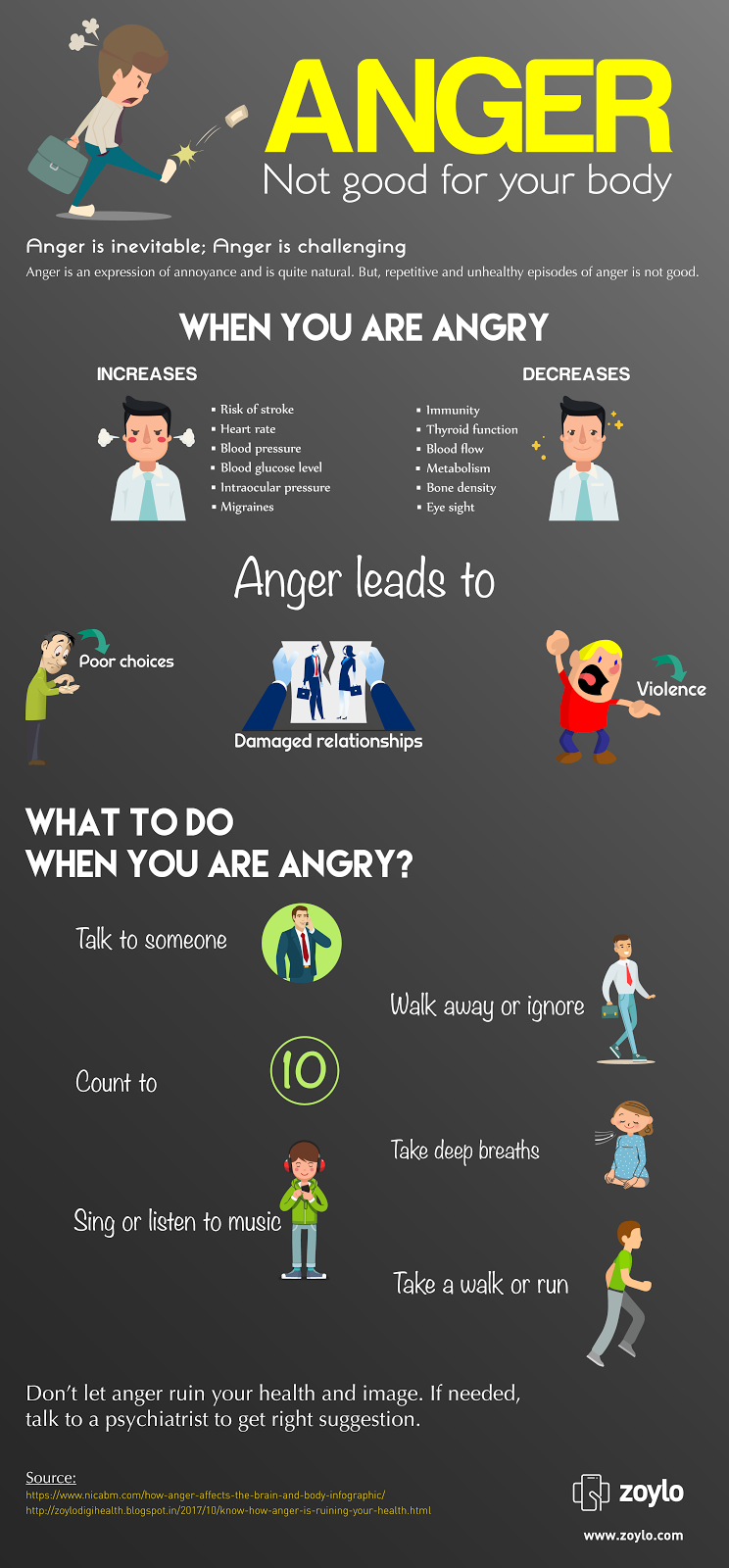How Often Should You Go To Therapy
How Often Should You Go To Therapy
Blog Article
Just How Do State Of Mind Stabilizers Job?
Mood stabilizers assist to soothe locations of the mind that are affected by bipolar affective disorder. These drugs are most effective when they are taken frequently.
It might take a while to locate the best drug that works finest for you and your medical professional will monitor your problem throughout treatment. This will entail regular blood tests and perhaps a change in your prescription.
Neurotransmitter law
Neurotransmitters are a team of chemicals that manage one another in healthy and balanced individuals. When degrees come to be unbalanced, this can cause state of mind disorders like anxiety, anxiousness and mania. Mood stabilizers help to avoid these episodes by aiding regulate the balance of these chemicals in the mind. They additionally might be used together with antidepressants to boost their efficiency.
Drugs that function as state of mind stabilizers include lithium, anticonvulsants and antipsychotics. Lithium is probably the most popular of these medicines and jobs by impacting the circulation of sodium through nerve and muscle mass cells. It is frequently made use of to treat bipolar affective disorder, yet it can additionally be helpful in treating other mood conditions. Anticonvulsants such as valproate, lamotrigine and carbamazepine are additionally reliable state of mind maintaining medications.
It can take a while to discover the ideal sort of drug and dose for each and every person. It is essential to deal with your medical professional and take part in an open dialogue about how the medication is working for you. This can be specifically valuable if you're experiencing any kind of side effects.
Ion channel modulation
Ion channels are a significant target of state of mind stabilizers and several various other medicines. It is currently well developed that they are vibrant entities that can be regulated by a variety of external stimuli. In addition, the modulation of these channels can have a range of temporal effects. At one extreme, changes in gating dynamics may be fast and instant, as in the nicotinic acetylcholine receptor/channel system. At the other end of the spectrum, covalent modification by protein phosphorylation may cause adjustments in network function that last longer.
The field of ion channel inflection is entering a duration of maturation. Recent research studies have demonstrated that transcranial focused ultrasound (United States) can boost nerve cells by activating mechanosensitive potassium and sodium networks installed within the cell membrane layer. This was demonstrated by revealed networks from the two-pore domain potassium family in Xenopus oocytes, and focused US considerably modulated the existing flowing with these networks at a holding voltage of -70 mV (right panel, family member impact). The outcomes follow previous monitorings showing that antidepressants affecting Kv channels control glia-neuron communications to contrary depressive-like habits.
Neuroprotection
Mood stabilizers, like lithium, valproic acid (VPA), and carbamazepine, are necessary in the therapy of bipolar illness, which is identified by recurrent episodes of mania and depression. These drugs have neuroprotective and anti-apoptotic residential properties that aid to prevent mobile damages, and they additionally boost mobile durability and plasticity in inefficient synapses and neural circuitry.
These protective actions of state of mind stabilizers might be moderated by their restraint of GSK-3, inositol signaling, and HDAC task. In addition, lasting lithium therapy shields versus glutamate excitotoxicity in cultured nerve cells-- a version for neurodegenerative problems.
Studies of the molecular and mobile effects of state of mind stabilizers have actually revealed that these medications have a wide variety of intracellular targets, including multiple kinases and receptors, in addition to epigenetic modifications. Refresher course is needed to establish if state of mind stabilizers have neurotrophic/neuroprotective activities that are cell kind or circuitry particular, and exactly how these results might enhance the rapid-acting therapeutic reaction of these agents. This bipolar disorder treatment will certainly assist to establish brand-new, much faster acting, much more reliable treatments for psychological ailments.
Intracellular signaling
Cell signaling is the procedure by which cells communicate with their atmosphere and other cells. It includes a sequence of steps in which ligands communicate with membrane-associated receptors and result in activation of intracellular pathways that regulate essential downstream mobile features.
Mood stabilizers act on intracellular signaling via the activation of serine-threonine healthy protein kinases, leading to the phosphorylation of substrate healthy proteins. This triggers signaling waterfalls, leading to modifications in genetics expression and mobile function.
Many state of mind stabilizers (consisting of lithium, valproate and lamotrigine) target intracellular signaling pathways by inhibiting details phosphatases or triggering particular kinases. These effects create a reduction in the activity of these paths, which causes a reduction in the synthesis of particular chemicals that can impact the mind and lead to signs of anxiety or mania.
Some mood stabilizers likewise work by enhancing the task of the repressive natural chemical gamma-aminobutryic acid (GABA). This boosts the GABAergic transmission in the brain and lowers neural activity, thus producing a relaxing impact.